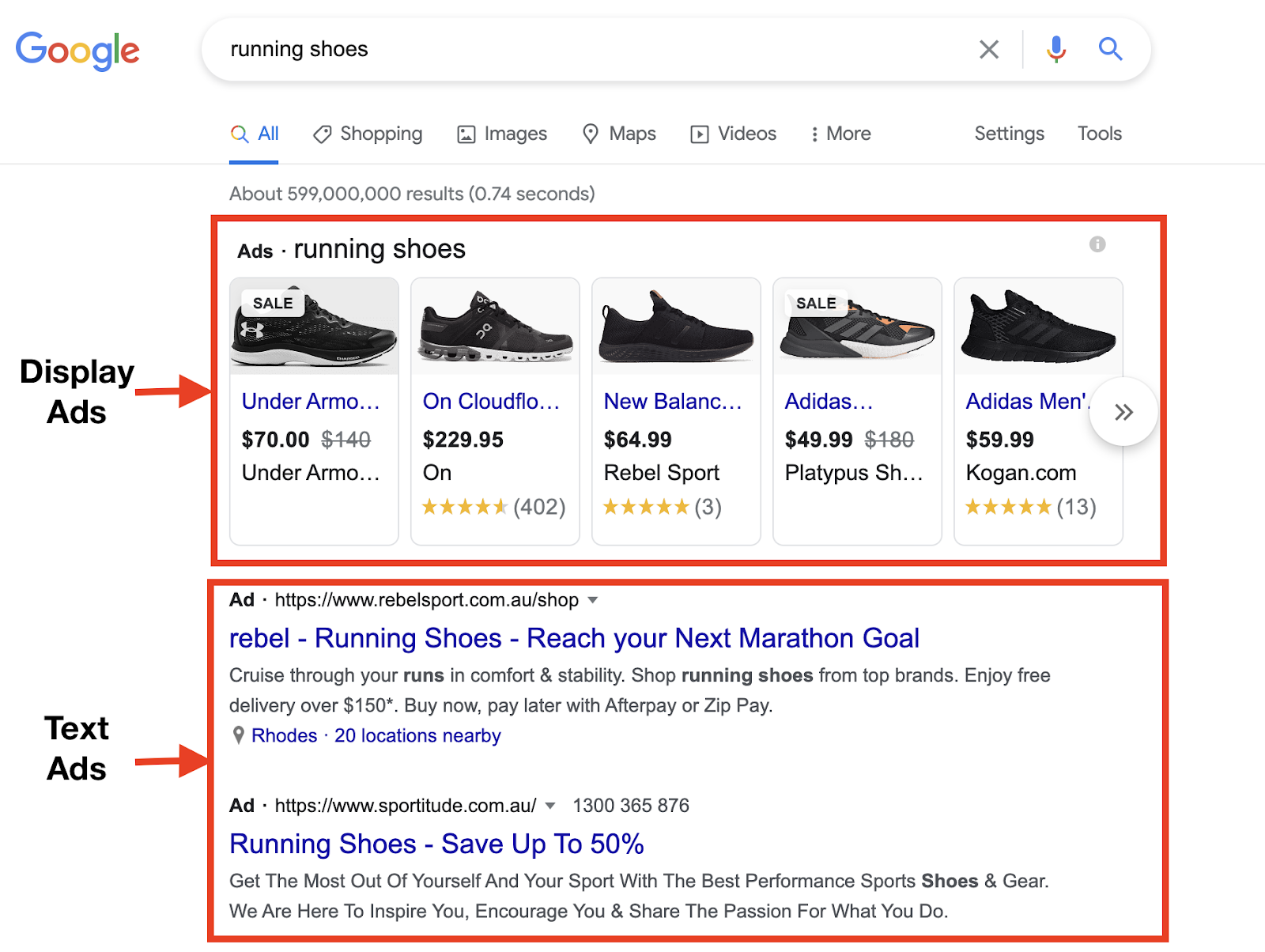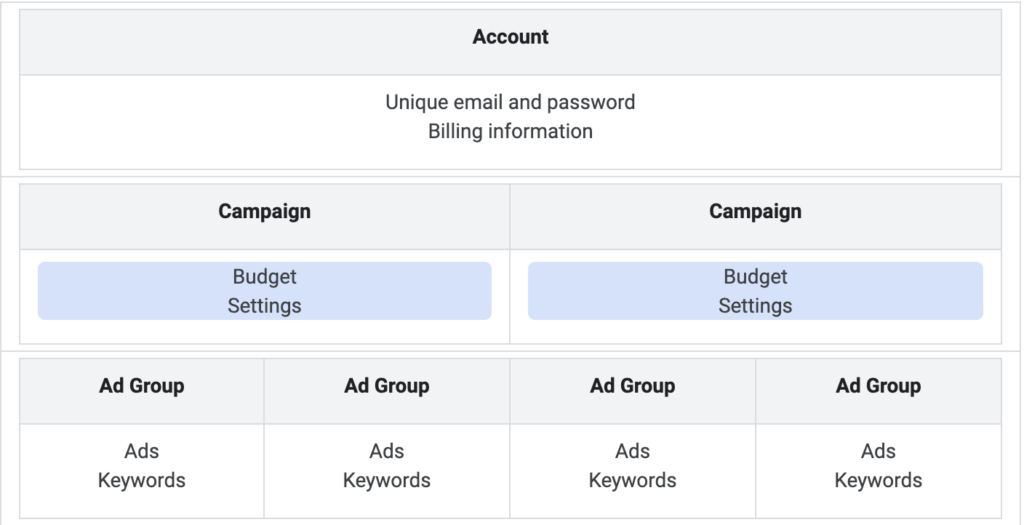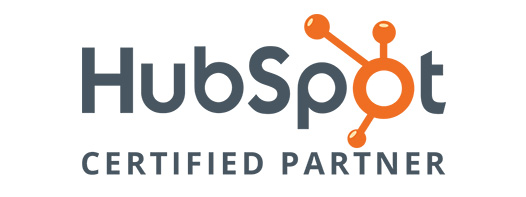The Ultimate Intro to Search Engine Marketing
What is SEM? It’s a common question that every savvy business owner asks at least once in their lifetime. Search Engine Marketing or SEM, is an effective digital marketing strategy that aims to bring increased traffic and visitors to your website quickly. Simply put, SEM is paid advertising that gets your ads and website to the top of search engine result pages (SERPs).
However diving into the world of SEM can be daunting to first timers, especially with its boatload of jargon, technicalities and nuances. We completely understand and it’s why we’ve created this article to help you grasp SEM – without overwhelming you with complex terms and language. So what are you waiting for? Let’s discover how SEM can bring serious results for your business, in record times.
What is SEM? And why do it?
As we mentioned, SEM is a form of paid advertising that makes your business visible in search engine result pages. The strategy revolves around ‘keywords’ which are the terms search users type in when looking for something on a search engine like Google.
By bidding on these keywords, you give your paid ads the opportunity to appear as a result when that keyword is searched for. SEM paid ads are known as pay-per-click ads (PPC) and come in different formats, such as text-based ads or visual product ads.

Different types of PPC ads. Source: Google
But why do it? SEM’s greatest strengths is its ability to put ads in front of the right customers at the right time. In other words, your ads will be seen by people who are most likely to interact or engage with your ads.
This increases both leads and conversions for your products or services. SEM is also super quick at what it does, capable of bringing in results almost immediately – a big difference between SEM and another form of search engine advertising, SEO.
The difference between SEM and SEO
Speaking of the difference between SEM and SEO, what else separates the two digital marketing strategies? First of all, SEO is free and SEM isn’t. If that’s the case, why bother with SEM at all? It’s because when it comes to SEO and SEM, you practically get what you pay for. SEM’s paid advertising brings in quick, high quality results, while SEO’s organic search results are free but slower to come to fruition.
Both strategies also target different stages of the buyer journey – SEO brings continuous traffic at the top of the journey, while SEM brings conversions at the bottom. SEM and SEO aren’t mutually exclusive, they can both be a part of your digital marketing strategy – and they should be!
SEM Fundamentals
Now that we know the core function of SEM, let’s dig a little deeper and find out how it works. Like we promised, we’ll try not to go too overboard with the jargon and keep our explanations as simple as possible!
Keywords
Keywords are at the core of any SEM campaign. You want your ads to appear when people search for them – it’s why selecting the most effective, relevant keywords for your paid ads is so important! You can also choose keywords to avoid as well.

Effective keyword research is the backbone of a good SEM campaign!
All in all, there are four types of keywords you can use in your campaign.
- Broad match: these keywords target variations of a term. They include similar phrases, misspelled words, and synonyms of the target term. For example, broad match keywords for the term ‘running shoes’ can also include ‘sneakers’, ‘walking shoe’ and ‘runners’.
- Phrase match: these keywords include the exact target keyword along with any phrases that include words before or after. Examples for ‘running shoes’ include ‘best running shoes’, ‘how to fix running shoes’ and ‘running shoes sydney’.
- Exact match: these keywords target the exact keyword along with closely related terms such as abbreviations and plural forms.
- Negative keywords: these exclude keywords that you don’t want to target. This makes it so that your ads don’t appear when these negative keywords are searched. For example, you may only want not to target non-Sydney searchers so you a negative keyword would be ‘running shoes melbourne’.
Targeting
One of SEM’s best features is its ability to directly target specific audiences and customers. No other digital marketing strategy can do this as well as SEM. Within your campaign you can set it up so that ads are shown specifically to a group of people. These can include:
- Location: ads are only shown to audiences within a certain geographic location (such as a state) or post code.
- Time: ads are only shown to audiences during a certain day of the week or time of day.
- Device: ads are only shown to audiences on specific devices such as desktops or mobile phones.
- Demographic: ads are only shown to target audiences of a specific age range, gender or income.
Account Structure
Account structure refers to the way your SEM campaigns are organised. Here’s an example of an account structure within a Google SEM account.

A sample of a Google SEM account structure.
Understanding your account structure makes it easier to group certain keywords and target different audiences. Knowing where your budget is also being spent can minimise excessive costs and streamline the performance of your campaign.
Paid Ad Extensions
We previously mentioned that SEM ads can take different forms including product display and text-based ads. Paid ad extensions expand your ad with additional information. This added information can include:
- Sitelinks: link directly to specific pages of your website
- Location: displays location and directions to get there.
- Call: displays contact information such as phone numbers and emails
- Callout: add additional text such as ‘free delivery’.

Example of sitelink extensions on an Under Armour SEM ad.
These extensions add value and visibility to your ad and give searchers more reasons to click your ads. While extensions are not always guaranteed to show (this is based on a number of factors such as ad rank), they don’t cost a thing to set up.
Ad auctions
Once you’ve selected your keywords, selected your targeting parameters and created the content of your ads, it’s time for it to go through an ad auction.
That’s right, your ads need to go through a process where the search engine will decide whether to show it or not. While this sounds bad (‘what if my ads don’t show up?’), it actually prevents paid ads from big budget companies taking up all ad space for simply having the most money.
In an ad auction, your ad is judged on two main factors:
- Max cost per click (CPC) bid: the maximum amount of money you are willing to pay when someone clicks on your ad.
- Quality score: a score that the search engine assigns to your ad. The score is based on estimated click-through rate (CTR), relevance and landing page experience.
These two factors ultimately determine not only if your ad is shown but where it is shown on SERPs relative to other ads; a final score also known as Ad Rank.
The key thing to remember is that even if you don’t have as high a budget as other brands, you can still get your ads shown by improving your quality score.
Start your own SEM campaigns now
Those are the basic fundamentals of SEM, hopefully giving you a foundation to go ahead and start creating your own now. The quick results and the high-quality leads you’ll receive from a strong SEM campaign is too good to ignore!
You’ve got the answer to the question ‘what is SEM?’ – the next step is optimising it! Click here to find our Top 8 Tips to Optimise Your Campaign. If you’re looking for a team to help you create and optimise your SEM strategy, contact our team at ZipZipe where our SEM experts will be more than happy to help!





